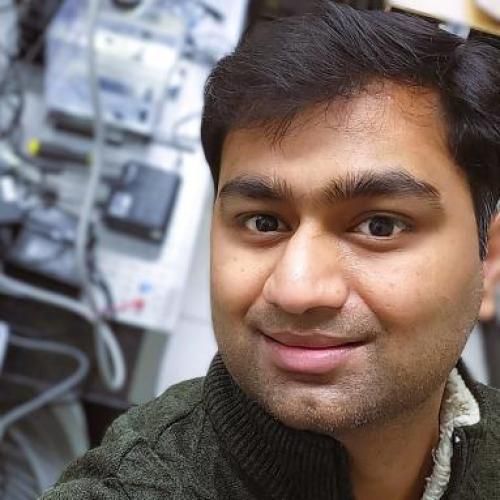Dissimilar cavitation dynamics and damage patterns produced by parallel fiber alignment to the stone surface in holmium:yttrium aluminum garnet laser lithotripsy.
Recent studies indicate that cavitation may play a vital role in laser lithotripsy. However, the underlying bubble dynamics and associated damage mechanisms are largely unknown. In this study, we use ultra-high-speed shadowgraph imaging, hydrophone measurements, three-dimensional passive cavitation mapping (3D-PCM), and phantom test to investigate the transient dynamics of vapor bubbles induced by a holmium:yttrium aluminum garnet laser and their correlation with solid damage. We vary the standoff distance (SD) between the fiber tip and solid boundary under parallel fiber alignment and observe several distinctive features in bubble dynamics. First, long pulsed laser irradiation and solid boundary interaction create an elongated "pear-shaped" bubble that collapses asymmetrically and forms multiple jets in sequence. Second, unlike nanosecond laser-induced cavitation bubbles, jet impact on solid boundary generates negligible pressure transients and causes no direct damage. A non-circular toroidal bubble forms, particularly following the primary and secondary bubble collapses at SD = 1.0 and 3.0 mm, respectively. We observe three intensified bubble collapses with strong shock wave emissions: the intensified bubble collapse by shock wave, the ensuing reflected shock wave from the solid boundary, and self-intensified collapse of an inverted "triangle-shaped" or "horseshoe-shaped" bubble. Third, high-speed shadowgraph imaging and 3D-PCM confirm that the shock origins from the distinctive bubble collapse form either two discrete spots or a "smiling-face" shape. The spatial collapse pattern is consistent with the similar BegoStone surface damage, suggesting that the shockwave emissions during the intensified asymmetric collapse of the pear-shaped bubble are decisive for the solid damage.
Duke Scholars
Altmetric Attention Stats
Dimensions Citation Stats
Published In
DOI
EISSN
ISSN
Publication Date
Volume
Issue
Start / End Page
Related Subject Headings
- Fluids & Plasmas
- 51 Physical sciences
- 49 Mathematical sciences
- 40 Engineering
- 09 Engineering
- 02 Physical Sciences
- 01 Mathematical Sciences
Citation
Published In
DOI
EISSN
ISSN
Publication Date
Volume
Issue
Start / End Page
Related Subject Headings
- Fluids & Plasmas
- 51 Physical sciences
- 49 Mathematical sciences
- 40 Engineering
- 09 Engineering
- 02 Physical Sciences
- 01 Mathematical Sciences




